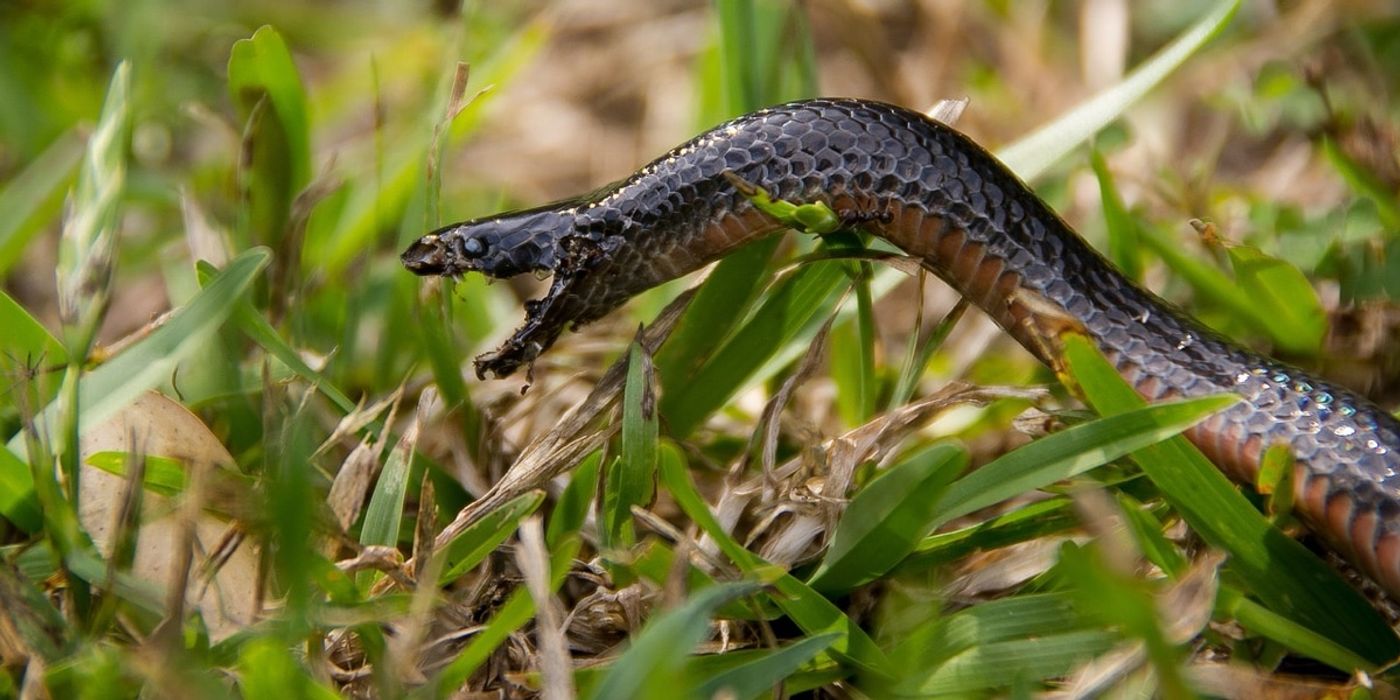Evolution of Snake Venom Attributed to Prey, Not Self-Defense
When snakes feel threatened, they may lash out at the aggressor with a painful bite out of self-defense. In some cases, the biting snake may be venomous, spelling out a possible life or death scenario for the snakebite victim. But while many snakes are notorious for biting out of self-defense, researchers now argue that self-defense doesn’t appear to be the driving factor behind snake venom evolution.
Image Credit: Pixabay
Citing the abstract of a paper published just last week in the journal Toxins, snake venom evolution seems to be more deeply rooted in a snake’s hunting habits than its necessity for self-defense. The researchers reached this conclusion after polling hundreds of herpetologists and snake owners about their experiences with being bitten by their snakes and learning just how long after the bite that the pain ensued.
What they learned was that the majority of snakebites didn’t trigger the lightning-fast pain responses that we’d come to expect from a self-defense attack.
The logic behind the research was simple: an animal whose primary purpose for inflicting pain is in self-defense would need to inflict immediate and incapacitating pain to get away, much like a bee’s sting. Many snake venoms, on the other hand, are slow to impact the victim, and this implies that snake venom is better suited for slowing down potential prey to be devoured than it is for stunning an aggressor to make a getaway.
"Our results suggest little evidence for widespread evolution of venoms driven by their use in defense, though interesting exceptions likely exist such as the defensive use of venom 'spitting' in some cobras, and these specific cases deserve further study," explained Swansea University's Dr. Kevin Arbuckle, a co-author of the paper.
Related: Blue coral snakes have venom unlike any other snake
"Even though we might have expected defending your life to be more important than feeding, it turns out that natural selection for diet does seem to be the main driver of venom evolution in snakes," added Dr. Wolfgang Wüster, another co-author of the paper.
It’s difficult to dispute such a rock-solid conclusion, and the data only further supports the logic behind the researchers’ arguments. That said, perhaps this novel study could open the door to future research that will help us better understand venom usage in general among all animal types. Furthermore, maybe we could learn why some snake venoms are faster-acting than others.









